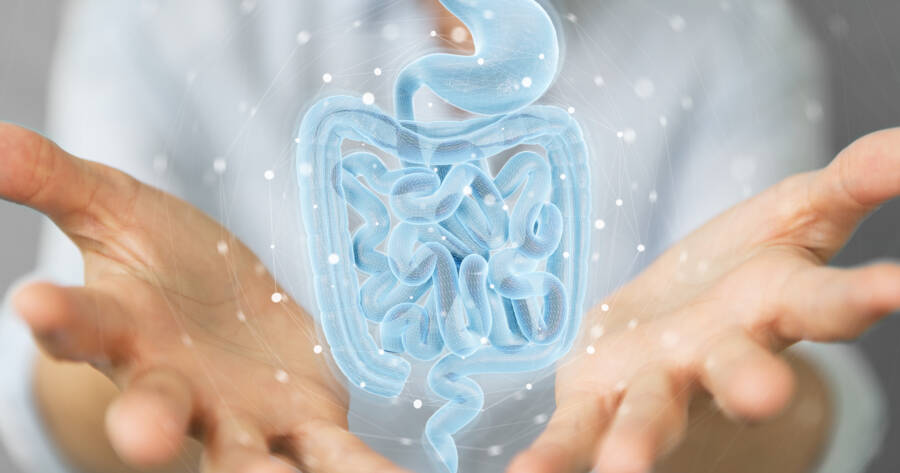Living with an inflammatory bowel disease (IBD) isn’t just about dealing with the well-known symptoms. You can learn about more subtle symptoms with an online search right now, which could help you recognize the disease earlier.
Crohn’s and other IBDs frequently come with a range of lesser-known signs that can easily fly under the radar. Although the gut is the primary organ system that suffers the most, IBDs don’t spare other organs.
What Is Crohn’s Disease?
Diarrhea, nausea, gas, and bloating are some of the telltale signs of Crohn’s disease and inflammatory bowel disease (IBD). Still, certain symptoms of the disease aren’t confined to the bathroom. That’s because IBDs are autoimmune disorders, and their clinical presentations can be systemic.
Crohn’s disease falls under the umbrella of IBDs. The disorder causes inflammation within the linings of your gastrointestinal tract. Furthermore, it can also affect tissues outside your gut. People with Crohn’s disease usually have recurrent bouts of inflammatory periods, followed by symptom-free days. Like other autoimmune disorders, there is no cure for Crohn’s disease. Still, its symptoms can be managed by reducing the inflammation.
Understanding the extra-intestinal manifestations of Crohn’s disease and IBDs can help early detection and successful management of the disease, so it’s worth spending some time researching this information online. Not all people with Crohn’s disease present with digestive issues. Some of the earlier signs of the disease often occur outside the gastrointestinal tract.
Fatigue
Fatigue is the most common yet most undermined symptom of Crohn’s disease. A 2016 survey conducted on the impact of Crohn’s disease in American adults revealed that more than 65 percent of them suffer from fatigue every single day. The survey further reported that fatigue is one of the most challenging symptoms to manage.
The best-known cause of fatigue in Crohn’s disease is attributed to frequent diarrhea. This is because your body cannot absorb nutrients from food. This leads to anemia and dehydration, which in turn causes fatigue.
Joint Inflammation
Joint inflammation is another symptom that may rarely occur in Crohn’s disease. Joint inflammation is different from simple joint pain, which occurs in almost half of the patients. However, joint inflammation in Crohn’s disease results from peripheral arthritis, which affects up to 20 percent of people with the disease. Sudden pain and swelling usually appear acutely in certain joints, which you can learn more about with some additional research online.
Mouth/Canker Sores
The gastrointestinal tract is the most common site affected by Crohn’s disease. The gastrointestinal tract is not limited to the stomach – it goes right from the mouth to the anus.
As such, it’s not uncommon for people with IBD to suffer from mouth or canker sores, which are oral manifestations of Crohn’s disease. They affect nearly 10 percent of patients with the disease.
Fever and Night Sweats
Fever is our body’s natural response against diseases, infection, and inflammation. Therefore, it’s pretty common for people struggling with IBD and Crohn’s disease to have a fever during flare-ups.
However, a fever can also be a side effect of immunosuppressive drugs taken for an IBD. Immunosuppressive drugs are a group of medication that lowers immune responses in autoimmune diseases.
Constipation
While diarrhea is the well-known symptom of Crohn’s disease, constipation can happen as well. People with IBD often develop stricture in the gastrointestinal tract. A stricture is the narrowing of the walls of the intestine resulting in blockage along the passage of stool. This complication can result in anal fissures and severe constipation.
Itchiness and Other Skin Conditions
Skin involvement is yet another unpleasant extra-intestinal manifestation of Crohn’s disease. It is thought to result from sclerosing cholangitis, an inflammatory condition that obstructs bile ducts. The most common manifestation of sclerosing cholangitis is skin itchiness.
Another rare and uncommon skin condition that might follow Crohn’s disease is erythema nodosum, which causes painful nodules on the legs.
Migraines
Migraines are one of the many annoying symptoms of Crohn’s disease. It is thought to result from inflammation and usually subsides when you take other medications to manage the disease.
Eye Infections
Often, the systemic manifestations of Crohn’s disease undertake eye tissues as well, causing inflammation and resultant infection of the eye. One such complication is conjunctivitis, an infection which results from inflammation of conjunctiva in the eyes.
Start a Search To Learn More
Living with an autoimmune disorder like Crohn’s disease can be difficult, but many of its unpleasant symptoms can be managed with medication. Start a search to learn more about IBD. After all, understanding these unusual symptoms of Crohn’s disease can help you better manage your illness and improve your quality of life.
